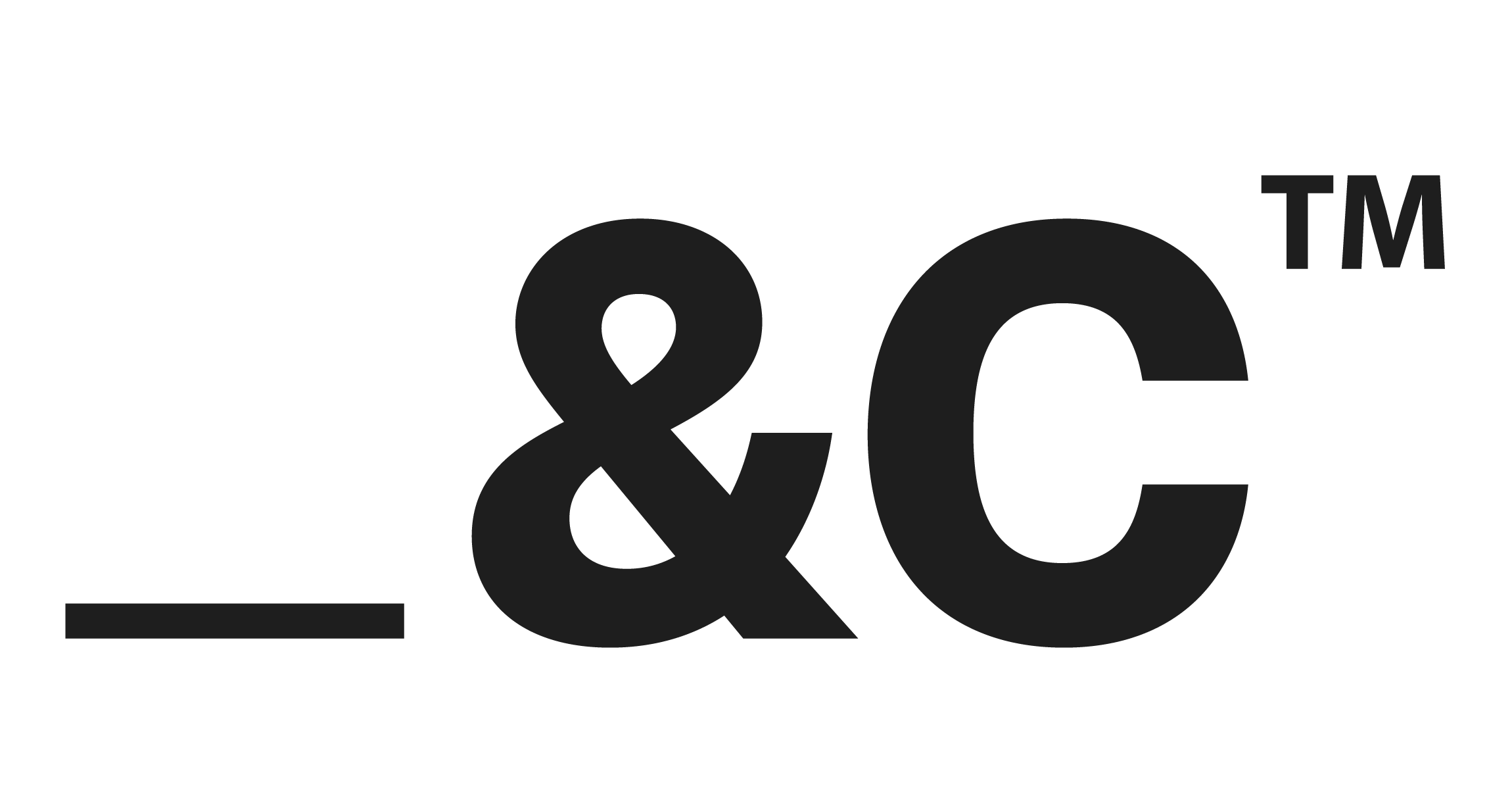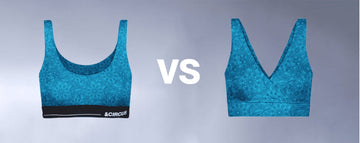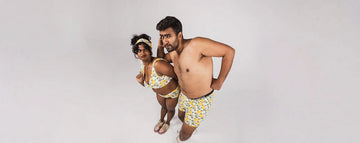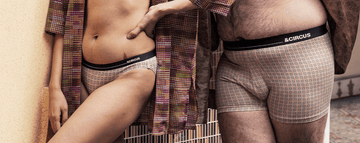Every day, we slip into clothes that feel personal underwear, the closest layer to our skin, carries an intimacy unlike any other garment. Yet, the story behind these pieces often hides a grim reality: mountains of textile waste, exploited labor, and a carbon footprint that chokes the planet. Fast fashion's grip is loosening, though, as communities from online forums to grassroots collectives ignite a movement for sustainable innerwear. These advocates aren't just talking; they're reshaping an industry, demanding transparency and accountability in every stitch.
Uncomfortable underwear shouldn't steal your confidence. At Andcircus, we craft ultra-soft, sustainable Lenzing Modal Micro® innerwear for every body, XS to 5XL. From briefs to bras, our custom packs fit you perfectly. Shop risk-free with our 100% satisfaction guarantee and embrace comfort that includes everyone. #LoveEveryBody. Shop Now!
Communities Lead the Charge in Eco-Conscious Fashion
The sustainable fashion movement is no longer a whisper it's a roar. Fueled by a growing distrust of fast fashion's environmental havoc, groups on platforms like Reddit, Discord, and TikTok are rallying around ethical innerwear. These aren't passive fans; they're activists dissecting supply chains, praising brands that use bamboo or micromodal, and exposing those that slap “green” labels on dubious products. Instagram reels and Threads discussions amplify their message, turning complex issues like carbon emissions into digestible calls to action. This isn't just chatter it's a cultural shift, with consumers prioritizing eco-certifications and fair labor in their most intimate purchases.
The numbers back this up. According to a market analysis, the global sustainable fashion market hit $12.46 billion in 2025 and is on track to reach $53.37 billion by 2032, growing at a robust 23.1% annually. Apparel, including underwear, commands a 26% share, driven by a surge in demand for ethical, eco-friendly products. North America leads with a 35.6% market share, reflecting a region where eco-conscious lifestyles are becoming the norm. This momentum signals a broader truth: people want clothes that align with their values, especially when it comes to the garments they wear closest to their bodies.
From Screens to Streets: Advocacy in Action
Online activism is just the start. Real-world groups are pushing boundaries with tangible impact. NGOs are teaming up with apparel brands to craft low-carbon innerwear lines, while consumer coalitions launch campaigns for plastic-free packaging or regenerative fibers like organic cotton. Events like “Green Underwear Week” spark conversations, urging people to rethink their buying habits. The #30Wears challenge, for instance, encourages wearing a garment at least 30 times, a quiet rebellion against the throwaway culture that dominates fashion.
These efforts are reshaping the industry. Circular fashion encompassing resale, rental, repair, and recycling is gaining ground as a solution to waste. Luxury retailer Selfridges is banking on its Reselfridges program, which includes these practices, to account for 45% of transactions by 2030. McKinsey's analysis, cited in the same report, warns that one in five garments must move through circular models by 2030 to meet the Paris Climate Agreement's 1.5°C warming limit. But circularity alone isn't enough. Researcher Dr. Luca Coscieme argues that the industry must shrink its production footprint, embracing degrowth as a positive force. Communities are echoing this call, pushing brands to produce less and prioritize quality over quantity.
Brand partnerships are another bright spot. Sustainable underwear companies are collaborating with climate-focused organizations and women's empowerment groups, creating products that honor both people and the planet. These alliances aren't just feel-good stories they're proving that ethical fashion can be profitable and scalable.
Navigating the Challenges
The road to sustainable fashion isn't without potholes. Greenwashing remains a persistent problem, with brands making lofty claims about sustainability while cutting corners. Advocates face the daunting task of verifying certifications and labor practices, often with limited resources. Accessibility is another barrier. Upcycled apparel, made from discarded garments, is a growing market valued at $5.73 billion in 2024 and projected to hit $11.48 billion by 2032 with a 7.94% growth rate but its higher price point can exclude budget-conscious consumers. This creates a tension: how do you democratize eco-friendly innerwear without compromising on ethics?
Scalability is a lingering question. Can a Discord group or a local NGO sway an industry dominated by global giants? Consumer fatigue also looms large, as endless “sustainability” messaging risks numbing audiences. Yet, these challenges haven't dulled the movement's edge. Every biodegradable package or fair-trade certification won through advocacy is a victory, proving that small actions can ripple outward.
Seizing Opportunities, Shaping the Future
The opportunities are as vast as the challenges. Community feedback is driving innovation, with brands redesigning innerwear lines to include low-impact materials like organic fabrics, which hold the largest market share in sustainable fashion, per the Coherent Market Insights report. Transparency is becoming a competitive edge companies that share detailed supply chain data or impact reports are winning trust and loyalty. Sustainable materials could also boost profitability, but demand for low-climate-impact fibers may outstrip supply by 133 million tonnes by 2030, according to Textile Exchange. This scarcity underscores the urgency of community advocacy, which pressures brands to act swiftly.
Localized education is another game-changer. Urban workshops and rural pop-ups are spreading awareness, tailoring the message to diverse audiences. In innerwear, where trust and intimacy matter, these efforts resonate deeply. Online channels, which dominate distribution in 2025 due to enhanced product discovery, are amplifying these voices, making sustainable choices more accessible than ever.
A Future Stitched with Purpose
The future of fashion lies in these communities scrappy, passionate, and unrelenting. Experts envision a world where community-driven certifications and blockchain traceability ensure every pair of underwear tells a transparent story. Some dream of community-owned labels, where consumers co-create the clothes they wear. Dr. Coscieme's words ring true: “It's not just about the shape of the economy but how big it is.” Degrowth, once a radical idea, is gaining traction as a path to a fairer, greener industry.
This movement invites everyone to the table. Join a local sustainability meetup, follow an eco-influencer on TikTok, or challenge a brand to ditch plastic packaging. These actions, small as they seem, are threads in a larger tapestry. In a world drowning in fast fashion's excess, these communities are proving that change starts close to the skin with the clothes we choose and the voices we amplify. The revolution isn't coming; it's already here, woven one ethical choice at a time.
Frequently Asked Questions
What does environmental fashion mean in today's apparel industry?
Environmental fashion refers to clothing designed with sustainable practices, such as using organic or recycled materials, reducing water and chemical usage, and promoting ethical labor standards. This movement aims to lessen the environmental impact of traditional fashion manufacturing.
Why are advocacy groups supporting sustainable fashion brands?
Advocacy groups support sustainable fashion brands because they prioritize eco-conscious production, transparency, and long-term environmental impact. By championing these brands, groups hope to shift consumer behavior toward more responsible fashion choices.
How can consumers make more eco-friendly fashion choices?
Consumers can support environmental fashion by choosing brands that use biodegradable textiles, repurposed materials, or ethical sourcing methods. They can also reduce their impact by buying fewer, longer-lasting garments and supporting circular fashion initiatives like resale or repair.
Disclaimer: The above helpful resources content contains personal opinions and experiences. The information provided is for general knowledge and does not constitute professional advice.
You may also be interested in: The Power of Inclusive Design in Womens Bralettes
Uncomfortable underwear shouldn't steal your confidence. At Andcircus, we craft ultra-soft, sustainable Lenzing Modal Micro® innerwear for every body, XS to 5XL. From briefs to bras, our custom packs fit you perfectly. Shop risk-free with our 100% satisfaction guarantee and embrace comfort that includes everyone. #LoveEveryBody. Shop Now!







































